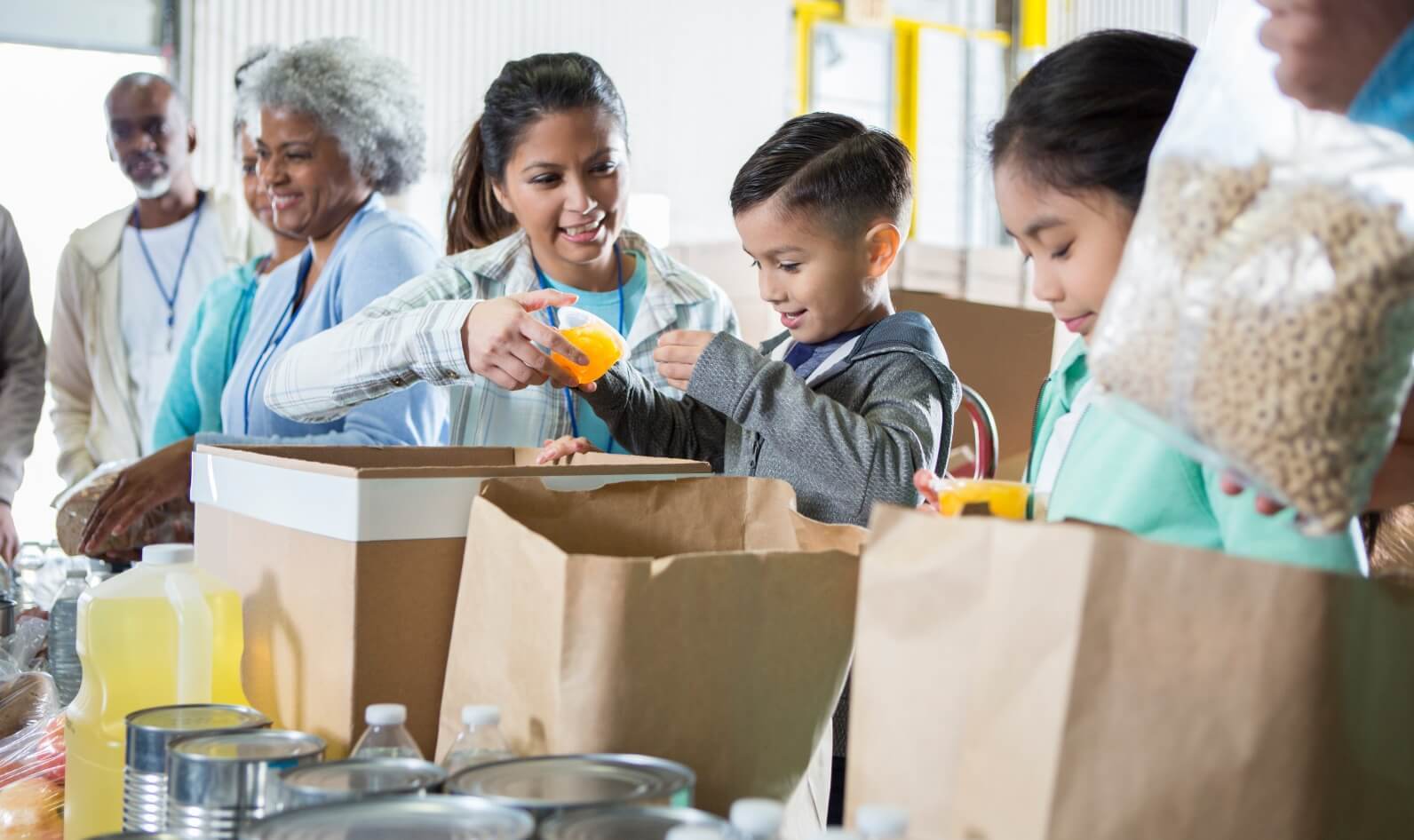How to Get Kids Involved in Volunteering
-
 Mark Dinn
Mark Dinn - 22 Apr, 2023

Getting kids involved in volunteering can be one of the most rewarding things you do as a parent or guardian. It’s about teaching them the value of giving back, fostering empathy, and instilling a sense of community. But where do you start? How do you turn the idea of volunteering from a chore into a fun and meaningful activity for kids? Here’s a guide to help you get kids excited about volunteering.
Start Small and Personal
Begin with small, manageable projects. Young children often have limited attention spans, so it’s essential to keep their volunteer activities short and engaging. For instance, you might start by involving them in a family charity drive. Pick a cause that resonates with them. If they love animals, collect supplies for a local animal shelter together. This not only introduces them to the concept of giving back but also connects their interests to the act of volunteering.
Make It a Family Affair
Volunteering can be a fantastic family bonding activity. When you volunteer as a family, you model positive behavior and create shared experiences that strengthen your bond.
I remember taking my kids to a community garden to help with planting and weeding. It was messy, chaotic, and incredibly fun. We talked about the importance of growing our own food and how our efforts were helping the community. It wasn’t just about the work; it was about spending quality time together and learning something new.
Choose Age-Appropriate Activities
Kids of different ages have varying capacities for volunteer work. For toddlers, simple tasks like sorting donated items or making greeting cards for a hospital can be perfect. Older kids might enjoy more involved activities, such as organizing a charity run or volunteering at a local soup kitchen. The key is to ensure the activity is appropriate for their age and capabilities, so they feel accomplished rather than overwhelmed.
Introduce Them to a Variety of Causes
Expose your kids to different types of volunteer work to see what sparks their interest. Visit various charities and community organizations, or participate in different events. You might find that your child has a passion for environmental causes, animal welfare, or helping the elderly. For instance, I took my kids to a beach clean-up event, and they were fascinated by how our efforts contributed to a cleaner environment. It was a great way to show them the tangible impact of their work.
Incorporate Their Interests
Link volunteering to your child’s hobbies or interests to make it more engaging. If your child loves reading, they might enjoy volunteering at a local library or organizing a book drive. If they’re into sports, consider helping with a community sports league or organizing a fundraiser for a youth sports program. By aligning volunteer activities with their interests, you make the experience more enjoyable and meaningful.
Set Realistic Expectations
It’s crucial to set realistic expectations for what your child can achieve through volunteering. Kids might not always understand the broader impact of their actions, but that’s okay. Celebrate their efforts and emphasize the positive aspects of their contributions. For example, if your child helps clean up a park, praise them for their hard work and explain how their efforts contribute to a cleaner, healthier community.
Encourage Reflection
After volunteering, take some time to talk with your child about the experience. Ask them what they enjoyed, what they learned, and how they felt about their contribution. This reflection helps them process their experience and reinforces the value of volunteering. It also provides an opportunity to discuss any challenges they faced and how they overcame them, fostering resilience and a sense of accomplishment.
Volunteer Together
Participating in volunteer activities together can make the experience more enjoyable and meaningful for your child. Choose activities that you can do as a team, such as preparing meals for a community kitchen or cleaning up a local park. Working side-by-side not only strengthens your bond but also makes the experience more enjoyable for your child.
Offer Choices and Autonomy
Giving kids a say in their volunteer activities can make them more invested in the process. Allow them to choose from a list of options or involve them in planning the activity. For example, if you’re organizing a charity fundraiser, let them help decide on the theme or choose the type of event. When children have a role in decision-making, they’re more likely to feel engaged and motivated.
Highlight the Impact
Help your child understand the impact of their volunteering efforts. Share stories about how their contributions have made a difference in the community or in the lives of others. This can be done through follow-up visits to the organizations they’ve helped or by sharing feedback from those who benefited from their efforts. Seeing the tangible results of their work can be incredibly motivating and rewarding for kids.
Involve Their Peers
Encourage your child to involve their friends in volunteer activities. This can make the experience more social and fun. Organize group volunteer projects or invite friends to join in on a charity event. When kids see their peers participating, they’re more likely to be excited and motivated to join in.
Make It Fun
Finally, make sure that volunteering is fun. Incorporate games, challenges, and rewards into the activities to keep kids engaged and enthusiastic. For example, you might turn a park clean-up into a scavenger hunt, where kids find and collect different types of litter. The more enjoyable the experience, the more likely kids will want to continue volunteering.
Getting kids involved in volunteering is about more than just doing good deeds; it’s about teaching them valuable life skills, fostering empathy, and creating meaningful experiences. By starting small, making it a family activity, and aligning it with their interests, you can help instill a lifelong love of giving back in your children.


